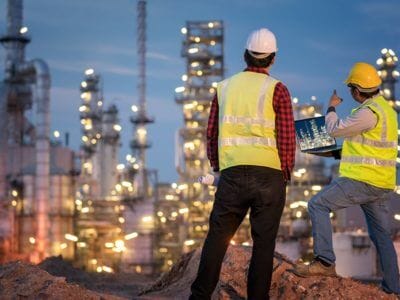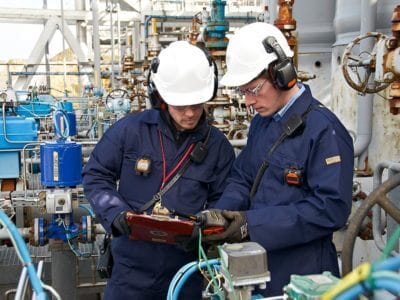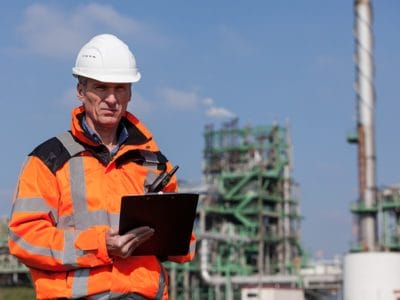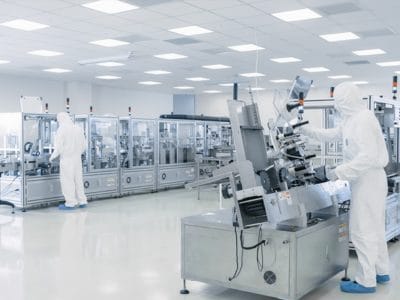
Pharmaceutical & Bioanalytical laboratories
Gases can cause potentially fatal incidents or hazards within a laboratory environment
There are a wide variety of gases found within a pharmaceutical or medical laboratory. Many have no taste, colour or smell, which makes it difficult to tell if a gas leak is present. A gas leak from a cylinder or fixed pipe gas system poses a series risk that can cause a potentially fatal incident or hazard within a laboratory environment.
Hazards Of Gas Leaks Found Within Pharmaceutical & Bioanalytical Laboratories
Many have no taste, colour or smell, which makes it difficult to tell if a gas leak is present
The pharmaceutical industry is one of the worlds fastest growing industries. Most of the sales revenue it generates is then reinvested in the area of research and development of new products. Research and development uses a wide range of speciality gases and equipment. Analytic instruments such as gas chromatographs, liquid chromatographs and spectrometers all rely on the appropriate level of gas delivery to operate effectively.
Medical-grade gases are used within the following applications:
- Production of medicines and other pharmaceutical products
Medical gases are often used during the drug manufacturing process to sterilize products, test packaging, and to protect medicines from potentially damaging environmental effects such as oxidation. - As analytical agents
Used in the calibration of medical devices or to diagnose a patient by exposing cultures or a biopsy to the gas and examining the reaction. - Air composition
Providing an atmosphere in environments in which the composition of air must be regulated. - As part of a therapy or treatment plan
When a gas is prescribed as an anaesthetic, drug delivery agent, or remedy for an occurring illness. - As a power source
Providing power for surgical and dental tools.
”There are a number of instruments available for the detection of gas leaks. Care should be taken to choose the right level of sensitivity, speed of response and the correct degree of immunity to external effects (e.g. background contaminates, temperature changes, etc) to suit the application, as well as other factors such as ease of use.
During gas leak detection it is important to ensure that connections between the component and the test instrument are made leak tight. This is known as fixturing and requires care and expertise. Indeed, when a problem is found with a leak detection system, poor connections are often at fault.
Hazards Of Gas Leaks Found Within A Laboratory
Key gases found within a laboratory include;
Helium (He) is a very light, odourless and tasteless gas. It is also one
of the 6 noble gases (helium, neon, argon, krypton, xenon and radon),
so called because they do not react with other elements and
therefore cannot bond with other atoms to form complex
compounds. This gives it a strong safety profile and a potential usage
in multiple applications.
Argon (Ar) is also a noble gas with non-reactive properties. In addition to its well-known use in neon lights it is also sometimes used in the medical and biotechnology sectors. It is the preferred inert gas for use within Schlenk lines and glove boxes in cases where nitrogen may react with reagents or apparatus and can also be uses is the carrier gas in gas chromatography and electrospray mass spectrometry.
Nitrogen (N2) Although not a noble gas like Helium or Argon, Nitrogen is also commonly used in pharmaceutical industry due to is relatively non- reactive properties in many different processes and applications. Laboratories primarily to control the atmosphere for highly sensitive equipment and procedures. Nitrogen gas is applied to control oxygen levels, humidity, and temperature in lab equipment including cell incubators, dry boxes, glove boxes, and mass spectrometers.
Download our FREE Guide
“Hazards Of Gas Leaks Found Within Laboratories”
The hazards of gas leaks found within laboratories guide provides the reader with an in-depth balance of knowledge about the potential leaks of toxic gases (Eg VOCs) that can occur doing any procedure or experiment within hospitals or laboratories. Gas Detection within these environments is essential in order to keep the working environment healthy, safe, and risk-free. To ensure optimal working conditions, the installation of an efficient ventilation (HEPA) system and a gas detection and monitoring system for monitoring VOC gases is critical. Gas detection technology has brought about an increase in a laboratory’s capacity for efficiency, both within the facility itself, it’s processes and also in the safety of the people who work within this environment.













 United Kingdom
United Kingdom






